Variation of current passing through a conductor as the voltage applied across its ends is varied, as shown in figure. If the resistance is determined at the points P,Q,T and L. We find that

resistance at T and L are equal
resistance at Q is higher than at P
resistance at T is higher than at Q
None of the above
The correct Answer is:D
Resistance at a point on the curve, R=ΔVΔI
Topper's Solved these Questions
Similar Questions
Variation of current passing through a conductor as the voltage applied across its ends is varied as shown in the adjoining diagram. If the resistance (R) is determined at the points A, B, C and D, we will find that
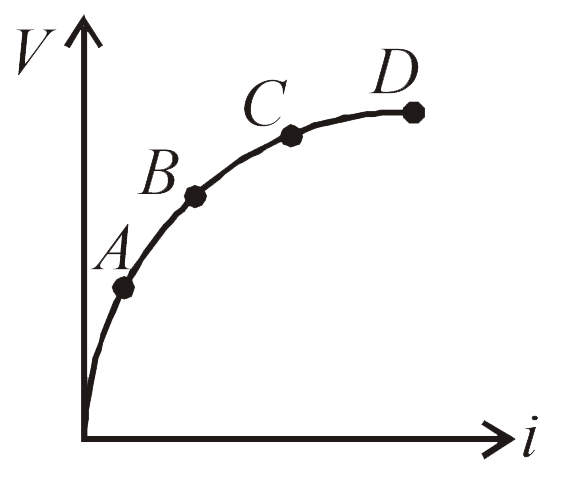 View Solution
View SolutionIn the circuit shown in figure find the equivalent resistance across points A and B.
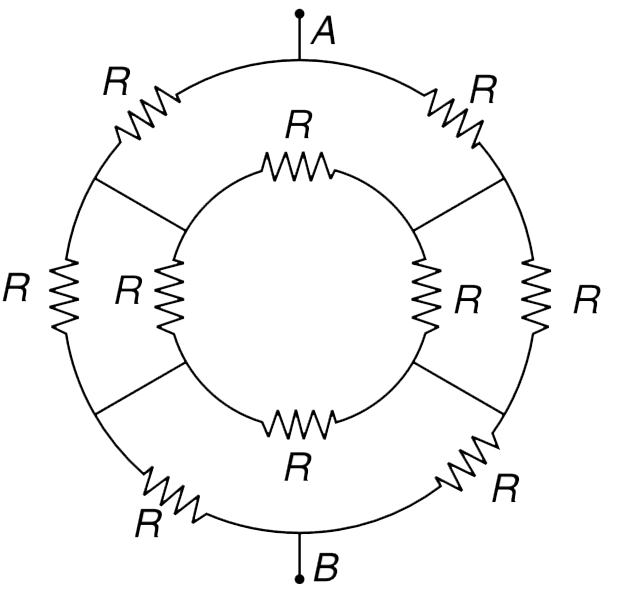 View Solution
View Solution
Knowledge Check
- Question 1 - Select One
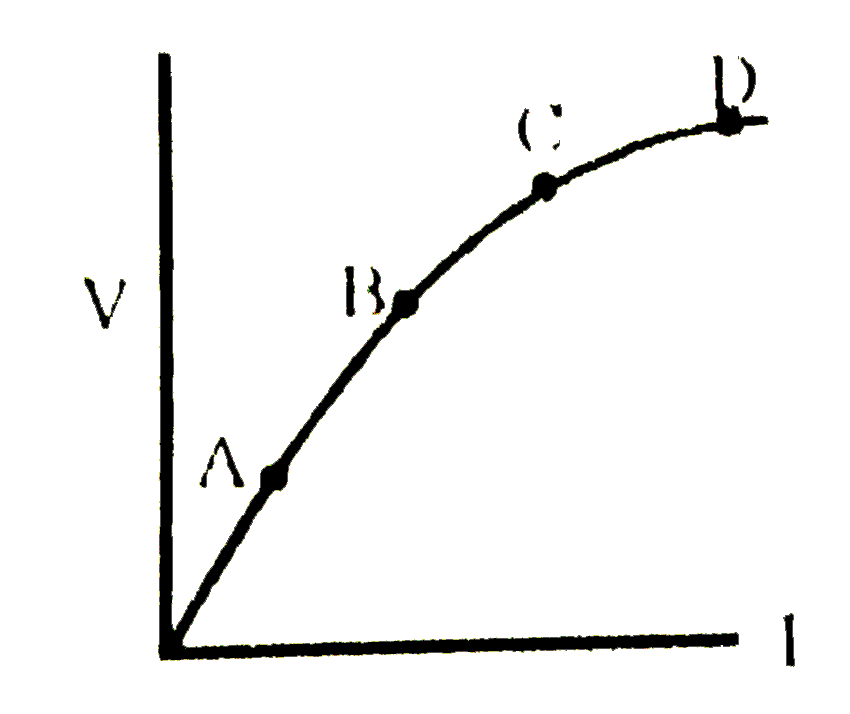
Variation of current passing through a conductor as the voltage supplied across its ends as varied is shown in the adjoining diagram. If the resistance (R) is determined at the points A, B, C and D we will find that-ARC=RDBRB>RACRC>RBDRA>RC - Question 2 - Select One
What will happens to current passing through a conductor if potential difference across it is doubled and the resistance is halved?
Aremains unchangedBbecome doubleCbecomes halvedDbecomes four times - Question 3 - Select One
Variation of current and voltage in a conductor has been shown in the diagram below. The resistance of the conductor is.
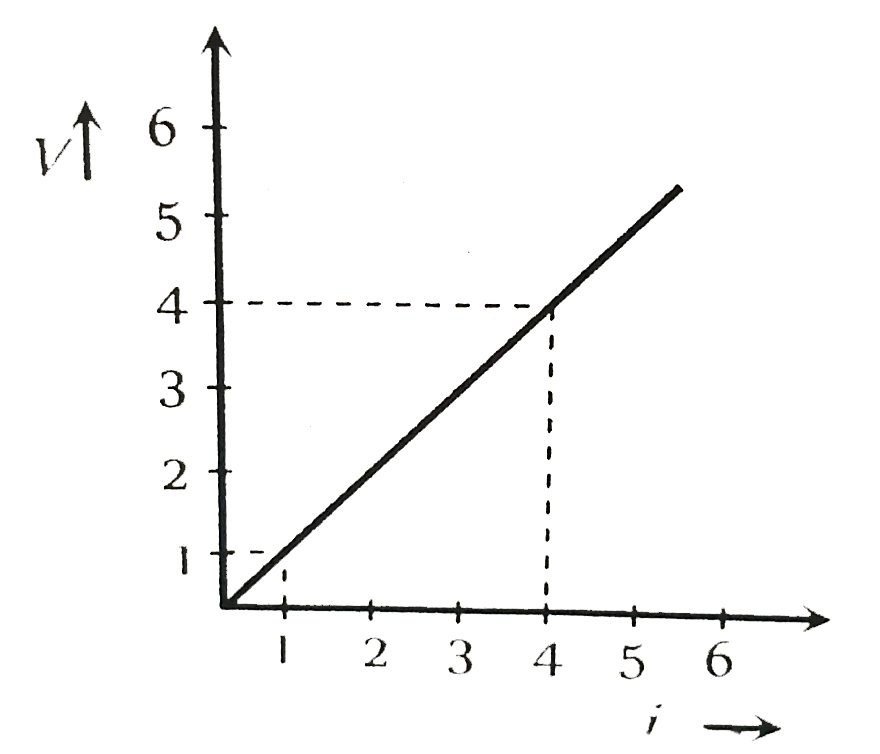 A4 ohmB2 ohmC3 ohmD1 ohm
A4 ohmB2 ohmC3 ohmD1 ohm
For a given metallic conductor , the variation of current through the conductor with potential difference applied across the conductor is shown in the given graph. If temperature of the conductor is increased , then slope tan theta
_PHY_E01_0010_Q01.png) View Solution
View SolutionThe reading of current flowing through a conductor and the potential difference its two end are shown in the ammeter and volmeter given below. What will be the value of resistance in it?
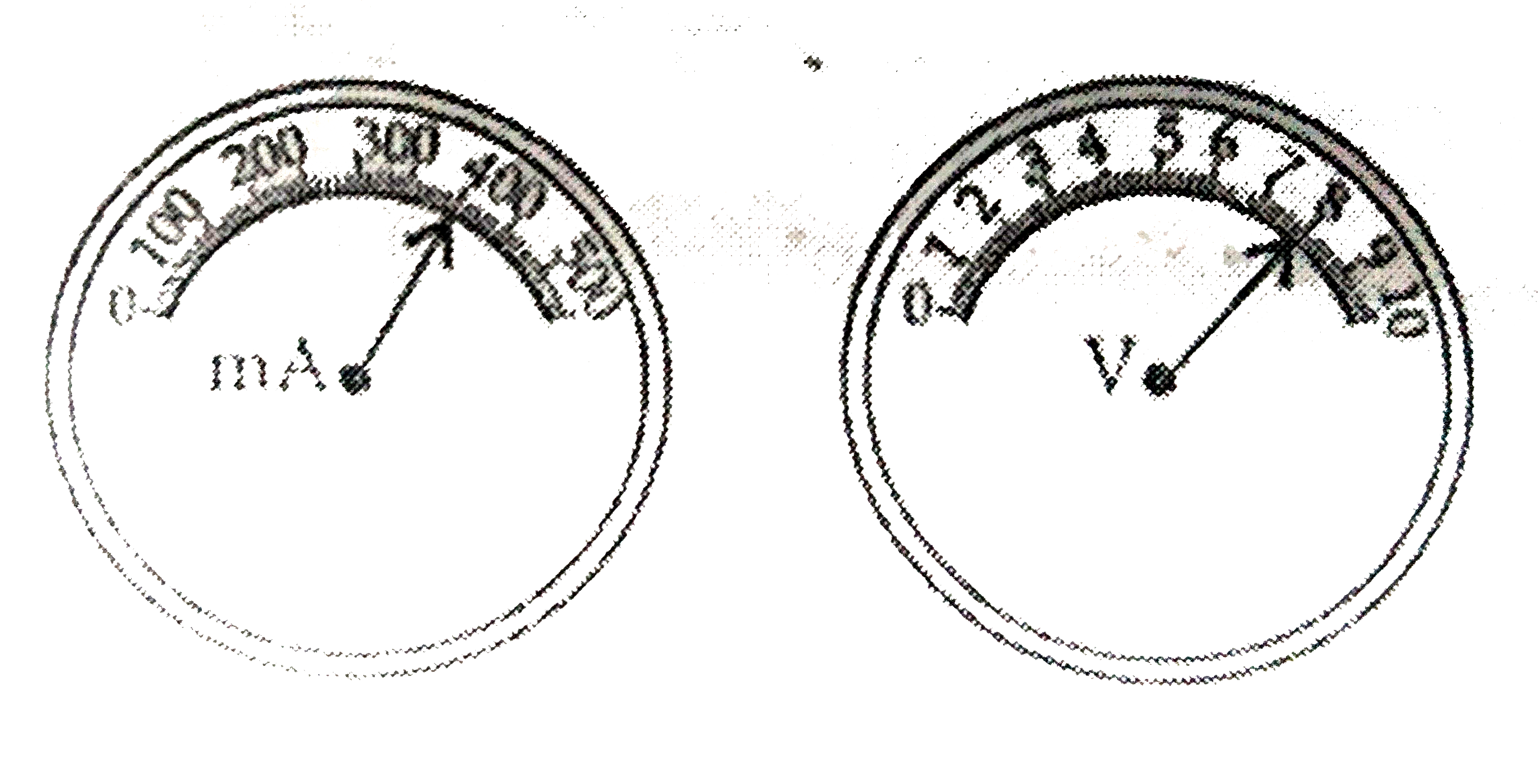 View Solution
View SolutionThe current flowing through a conductor and the potential difference across its two ends are as per reading of the ammeter and the voltmeter shown in (Fig. 3.50). Find the resistance of the conductor.
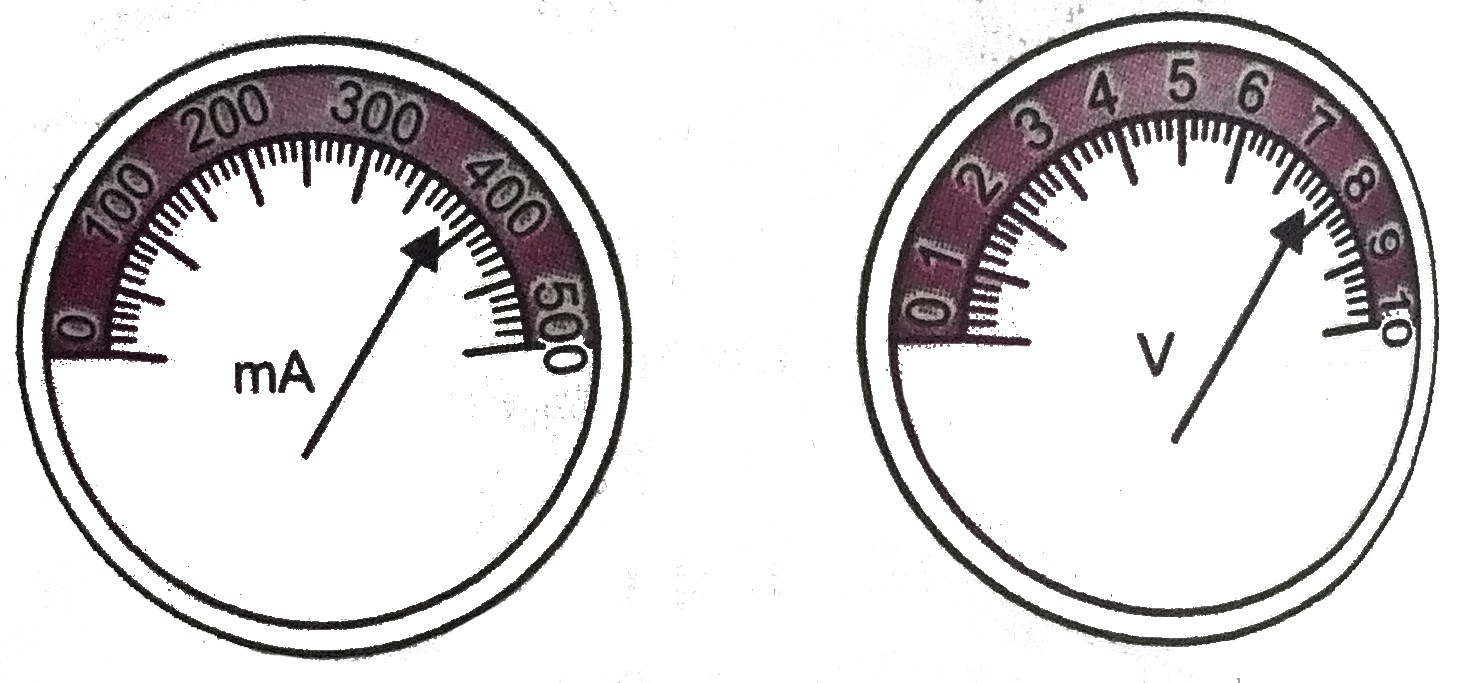 .View Solution
.View SolutionA periodic voltage V varies with time t as shown in figure. T is the time period. Find the rms value of the voltage.
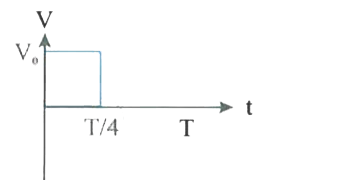 View Solution
View SolutionVariation of current and voltage in a conductor is shown in the adjoining figure. The resistance of the conductor is
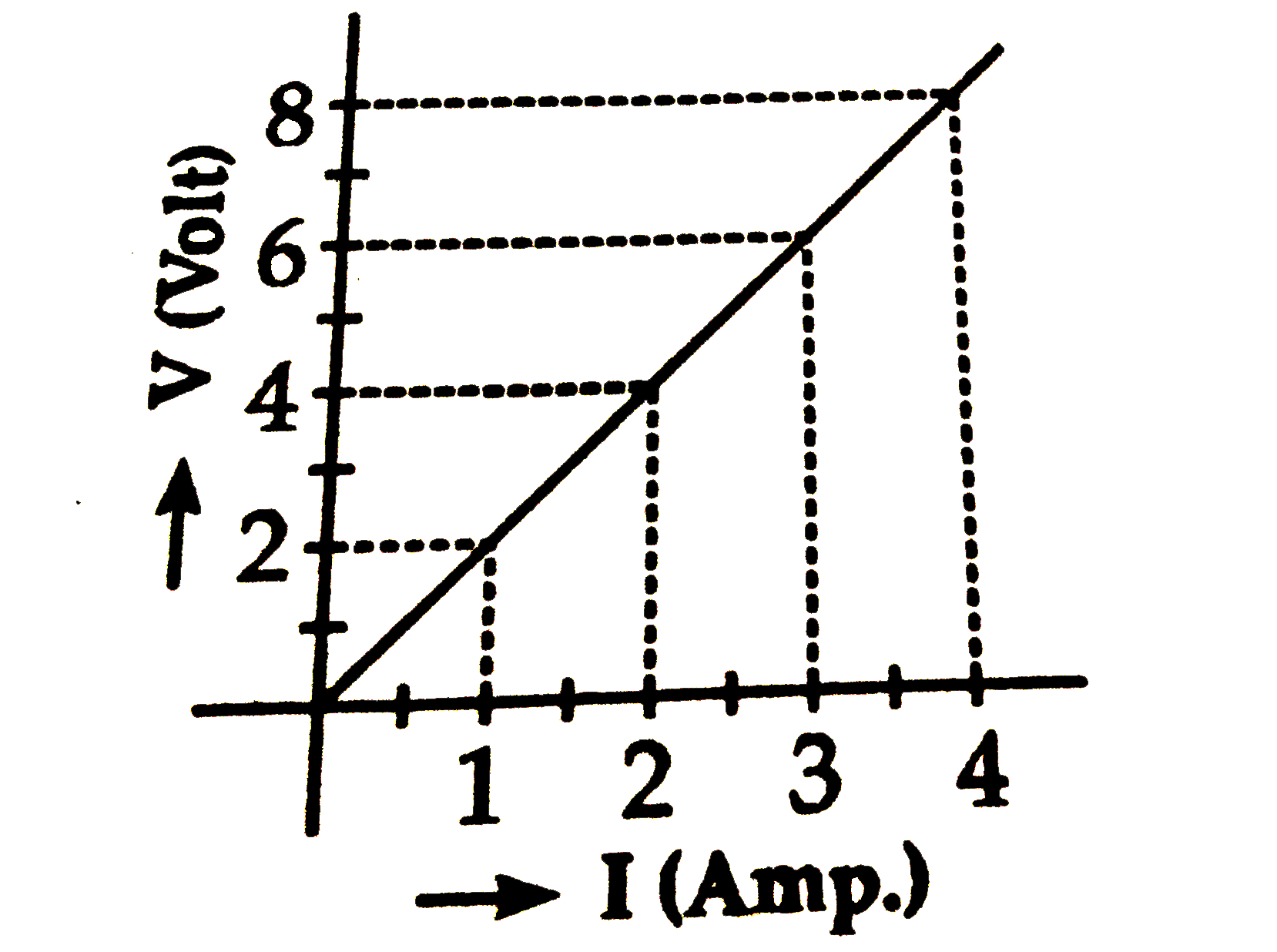 View Solution
View Solution

